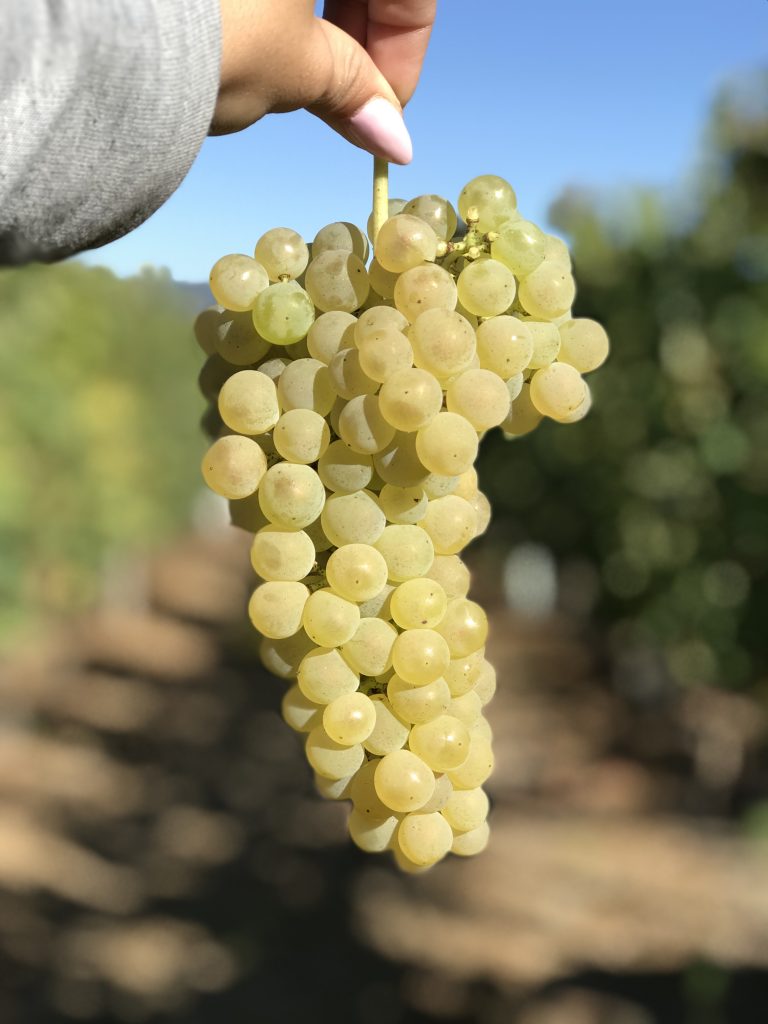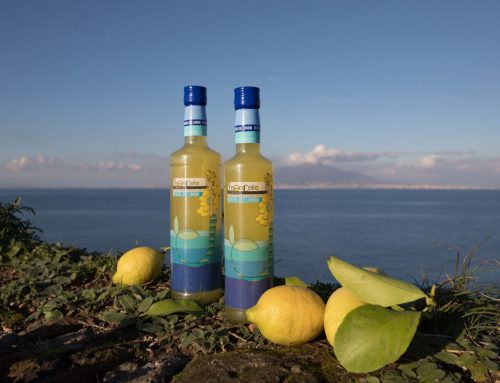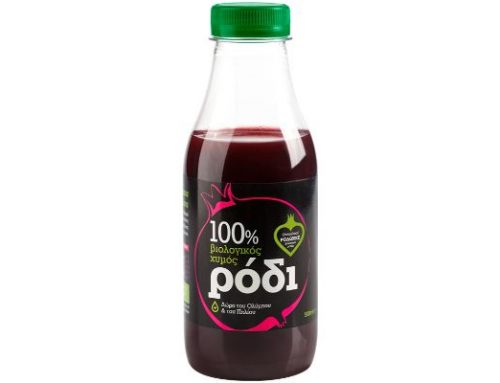 Quinta dos Ingleses, by the oral tradition recounts, would have been in the nineteenth century, operated by an English family. Inserted in a predominantly agricultural region, in the same memory recalls the horses and “chariots” that the British displayed during their visits or transit, the surrounding localities. From what is known as the fifth of the British. In fact the British were never owners of the farm, it belonged to the House of Alémtem, the Viscounts of Alémtem. In 1982 came the current owners.
Quinta dos Ingleses, by the oral tradition recounts, would have been in the nineteenth century, operated by an English family. Inserted in a predominantly agricultural region, in the same memory recalls the horses and “chariots” that the British displayed during their visits or transit, the surrounding localities. From what is known as the fifth of the British. In fact the British were never owners of the farm, it belonged to the House of Alémtem, the Viscounts of Alémtem. In 1982 came the current owners.
Quinta dos Ingleses – Agro Indústria, S.A. is an Agro-Livestock Company that its shareholders, linked by family ties, be decided after the acquisition of that property. From their perspective, nothing better than a limited company of family character.
The fifth of the land together as a whole about 100 acres, of which about 80 are occupied by pastures and vineyards, and surrounded by the remaining 20 hectares forest area that match. It is an area of irregular relief where you belong, in appropriately selected locations, corresponding to 10 000 m2 multiple pavilions and special facilities.
In these buildings, located sectors Dairy, Confectionery Station Wastewater Treatment and Biogas, and the Administrative and Commercial.
The activity of Quinta dos Ingleses is divided between areas:
– Agriculture, Dairy, Confectionery and Winery.
The agricultural sector consists of crops (corn and fodder), intended for animal feed.
The dairy sector produces cheese mixture of cow and sheep.

Quinta dos Ingleses Crops
The milk processing plant has existing capacity to process 20,000 liters / day. This unit produces four main types of cheese. One is the cheese “Fifth of British”, which is a soft cheese, pulp soft and semi-square shape, with a cure for three weeks. Also produces two cheeses such as “Flemish” Cheese Ball Cheese Ball and Junior, who is not pure cheese “industrial” has very specific qualities.
Finally, it also produced a cheese “dish”, small, with the weight range between 600 and 650 g. This unit, given its size and specialty cheeses, can be regarded as semi-handmade, which gives a unique quality to the Fifth of British cheeses. The annual production of 300 tons the cheese round. Integrated is an installation of cold-healing capacity of 350 tons of cheese a year.
The confectionery industry is dedicated exclusively to making puddings and Eggs Pudding Orange, better known as French Pudding.
Quality Policy
The Quality Policy is the company’s ongoing customer satisfaction through the Safety and Quality of their products. On Quinta dos Ingleses, this policy is assumed in perspective:

Quinta dos Ingleses Grapes
Make a commitment to food safety by introducing a systematic and structured approach to identifying hazards and the likelihood of its occurrence in all stages of production, defining measures for their control.
The safety of its products will be the responsibility of all company employees.
To promote a code of good hygiene practices taking into account the recommended international rules on food hygiene, including the Codex Alimentarius.
Provide your employees the training and adequate means to carry out their job properly.
Meet the requirements of the HACCP system in place, which results in product safety.
The adoption of a HACCP system reflects the company’s concern in defining and implementing a set of processes of self, methodologies and metrics, ensuring in this way, high standards of Food Safety, demonstrating the concern to strengthen the protection of human health and therefore the degree of consumer confidence.
Implementation of the HACCP System
Before you start the implementation of the system of hazard analysis and critical control points was carried out a survey regarding the prerequisites of the system, according to the check – list set out in Annex II and the Decree – Law 67/98 18 March.
We also prepared the following documents:
– Standards Manual Elementary Hygiene and Good Manufacturing Practices.
– Specifications of raw materials and subsidiaries.
Scope
The HACCP system was implemented in the Dairy sector.
The process extends from receipt of raw material (milk) to the point of sale, including transport to the site selling the product.




